Reflecting back: Alumni recall the values and skills they learned at Mayo Clinic
Stella Hartono, M.D., Ph.D. (MDPH ’17, IMM ’17), was seeing a patient for a study at the National Institutes of Health when the patient said, “I can tell you trained at Mayo Clinic.”
The patient could have been referring to many things Dr. Hartono learned while earning her dual M.D.-Ph.D. degree at Mayo Clinic College of Medicine and Science in Minnesota. The patient could have guessed that Dr. Hartono was a Mayo Clinic alumna because of her impressive list of publications, her expert knowledge, or her capacity to handle serious and complex disease.
But the patient wasn’t referring to any of that. She had been to Mayo Clinic before and recognized a Mayo Clinic standard that is all too rare in medicine: Dr. Hartono was taking the time to truly listen to her.
For this story, we asked Dr. Hartono and other Mayo Clinic alumni across specialties, research areas, campuses and generations, “What does being a Mayo Clinic alumnus or alumna mean to you?” We wanted to know what they valued about their time training at Mayo Clinic. What stood out to them today — a few or many years after completing their programs? What did they experience that they wish every medical student, research student, resident or fellow got to experience?
Alumni answered the call, sharing everyday insights and perspective-shifting stories. They recalled times they were puzzled by diagnoses, grieved for patients and laughed with colleagues on campus. Many alumni expressed gratitude for the privilege to pick the brains of leading experts and ground- breaking innovators.
But some noted that world-renowned medical expertise is not unique to Mayo. What sets Mayo Clinic education and training apart, they said, is also the institution’s primary value: The needs of the patient come first.
“You can stop anybody at Mayo Clinic, not just the clinicians — the nurses, the volunteers, the janitors, the front desk staff — and ask them what we value as an organization, and people will tell you: The needs of the patient come first. That’s how fundamental our values are to who we are as an organization,” says Juliana (Jewel) Kling, M.D. (I ’13, CMR ’14), vice dean of Mayo Clinic Alix School of Medicine and the Suzanne Hanson Poole Dean of Mayo Clinic Alix School of Medicine – Arizona campus. Dr. Kling is also chair of the Division of Women’s Health Internal Medicine at Mayo Clinic in Arizona.
Mayo Clinic students, residents and fellows quickly learn that this value is more than a platitude or an aspiration. They witness this value in action — in the time physicians spend with patients to learn their stories, in the institutional emphasis on shared decision-making and in the dedication to cross-disciplinary collaboration — and they learn to embody it.
“We want learners to graduate from our medical school and academic programs as physicians and scientists equipped to innovate and lead the future of healthcare, recognizing that they trained at the leading healthcare institution for serious and complex medical care and innovation,” says Dr. Kling. “And at the end of the day, it still comes down to being good clinicians and researchers with strong values — putting the needs of our patients first through a team-based model, ensuring that we’re making human connections with people, and treating them just like we would our parents or sisters or brothers.”
In the following pages, Mayo Clinic alumni reflect on the lessons, memories and skills they garnered from their education and training.

Facing “some of the most challenging clinical and research questions.”
Omar El Kawkgi, M.B., B.Ch., B.A.O. (ENDO ’21), Department of Endocrinology at Mayo Clinic Health System in Wisconsin
As a trainee at Mayo Clinic, it can sometimes feel overwhelming to face some of the most challenging clinical and research questions — questions that are not typically seen elsewhere. But I wish every medical learner could have this (sometimes very uncomfortable) experience.
I recall situations in which even the experts were stumped on the best course of action. Their response to my questions in these situations was usually another question. For a learner, this could feel frustrating — but also inspiring. This experience creates space for innovation, collaboration among world-renowned specialists, and sometimes humility in situations that are beyond the limits of our capabilities.
For me, these situations drove research and clinical inquiry based on a real and authentic patient experience. I wish more learners could be exposed to this. While strong medical training can be found in many excellent centers around the country, I feel that the education and training I received is unique.
“Out team was able to all come together and really listen to the needs of the patient.”
Jewel Kling, M.D. (I ’13, CMR ’14), chair of the Division of Women’s Health Internal Medicine at Mayo Clinic in Arizona and the Suzanne Hanson Poole Dean of Mayo Clinic Alix School of Medicine – Arizona campus

When I did my sub-internship at Mayo Clinic as a fourth-year medical student, my team gave me the responsibility to take care of a patient who had esophageal cancer. He had come from Chicago, and his family really wanted to bring him back to Chicago. He was really sick.
He started to decompensate, and we had to figure out a plan. Around 2:00 p.m. on a busy weekday, all the teams came together: the ICU team, our hospital team, the social work team, the palliative medicine team and nephrology. We discussed a treatment plan, then we met with him and his family to explain what we thought was in his best interest. When we left the room, the plan had changed. They wanted us to do everything possible.
He was moved to the ICU that night but passed away the next day due to advanced cancer and infection. Although it wasn’t the outcome his family hoped for, they felt heard and knew we used all available resources to treat him.
The thing that stood out to me then, and I can still remember thinking back on it now, was how our team was able to all come together and really listen to the needs of the patient. In any other institution that I’d been to, I’d never seen it done like that — so patient-centric. It just blew me away. That’s how I wanted to learn to practice medicine.
And indeed, that’s what I did. I completed my internal medicine residency at Mayo Clinic in Arizona, followed by a chief year. I’ve been on staff now for over 10 years, and there’s not a week that goes by that I don’t message, pick up the phone to call or knock on the door of a colleague to ask for their collaboration on a patient, or vice versa. The patient-centered, team-based care model is foundational to how I practice — how we practice — at Mayo Clinic, and it’s an honor to be part of it. It’s the best way to deliver care to people.
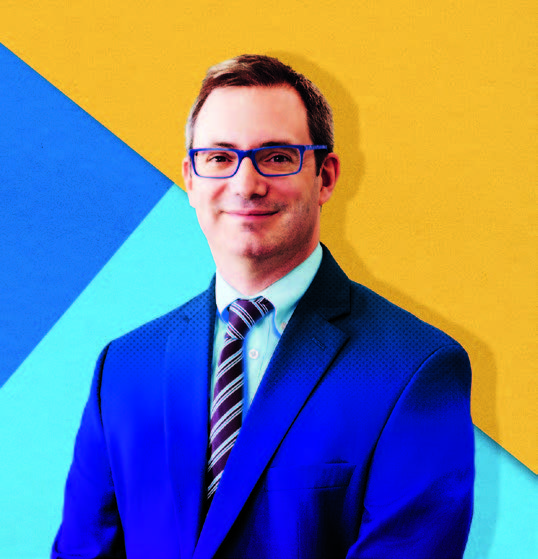
“I was deeply touched by his honesty and profound humility.”
Cullen O’Gorman, M.B.B.S., Ph.D. (NACF ’14, NEMG ’15), Department of Neurology at Princess Alexandra Hospital in Queensland, Australia
My time at Mayo Clinic provided a bedrock of expertise that I rely on daily to diagnose and treat patients. The depth and richness of my experience there includes countless examples of superlative clinical care, compassion, commitment to excellence and dedication to the needs of the patient. To work at Mayo Clinic is to be immersed in a fast-moving tide of new medical discoveries and treatments — it may feel like you are swimming hard, but the sheer force of the waves carries you farther than you could have ever traveled alone.
I draw upon many fond memories of mentors and colleagues from my time at Mayo Clinic. An example I have never forgotten comes from the first neurologist I worked with — a senior colleague with tremendous clinical acumen and wisdom. He shared with me an experience from his own training, when he had learned much from a mistake. I was deeply touched by his honesty and profound humility. His openness and willingness to teach through example has remained with me, and I hope that I can measure up to his example with my own trainees.
THE LIGHTER SIDE
“When I was in the primary care clinic, one of us was going in to see a patient and needed to do a particular physical exam on the patient’s leg. Sometimes teachers explain or maybe draw the technique. Henry Schultz, M.D. (I ’78, CIM ’79), got on the floor and said, ‘Here, do this. This is what you’re going to feel.’ And I was just like, ‘Wow, this man is on the floor, and he’s teaching us how to do this physical exam maneuver.’ And it got us excited about primary care; it got us excited about learning. He was willing to go to whatever lengths necessary to make sure that you got it.” — Jasmine Marcelin, M.D.
“It’s easy for physicians to just say, ‘Go do this,’ whether that’s referring them to a colonoscopy or prescribing a complicated medicine regimen. When I was a medical student at Mayo, they wanted us to understand what we were asking of patients. A hilarious example: the 24-hour urine test. Do you realize what you’re asking your patient to do? You have to walk around with a jug, collecting your urine. Some people might find that a little gross. So they had us — the whole class — do it. That stuck with me. I’ve had patients complain about how bitter steroids taste, so I’ve tasted them. I go to CVS and check out the prices of over-the-counter medication.” — Stella Hartono, M.D., Ph.D.
“You may never leave.”
John Wilkinson, M.D. (MED ’78, FM ’81), Department of Family Medicine at Mayo Clinic in Minnesota
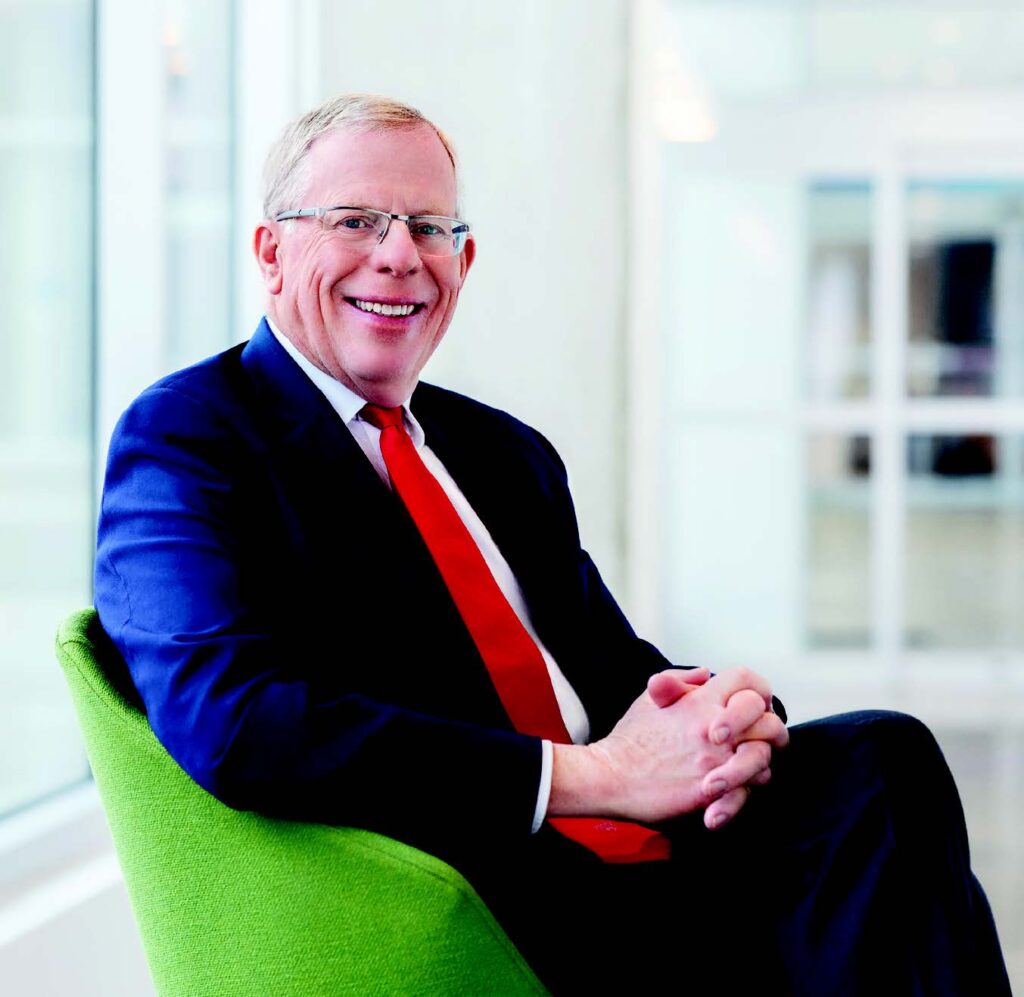
I was in the third class of Mayo Medical School and one of the first graduates to join the staff. I’ve been on the staff now for over 43 years.
Early in my career I was fortunate to be able to continue to consult with my teachers and mentors. In recent years, I’ve been fortunate to be able to get to know and rely upon younger colleagues who represent an unbroken chain of world-class skills and knowledge.
You may think you’re coming here for a short period of time as a medical learner, but you may never leave. I am very proud of my lifetime of involvement with Mayo Clinic.
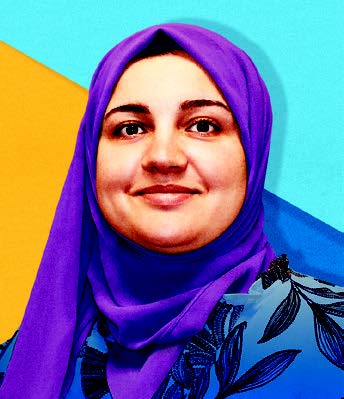
“Medicine is about compassion and connection, not just diagnoses.”
Boshra Al Ibraheem, M.D. (FMEC ’27), resident in Family Medicine at Mayo Clinic Health System in Wisconsin
What sets my education apart is the strong focus on patient-centered care that I’ve learned at Mayo Clinic. As Maya Angelou said, “People will never forget how you made them feel.” I strive to make sure my patients feel heard and respected.
During my first week as a family medicine resident, I worked with a patient who had multiple chronic conditions. My attending physician took the time to help me create a care plan, saying, “Every patient has a story.” This taught me the importance of listening to patients and understanding their experiences. It reminded me that medicine is about compassion and connection, not just diagnoses.
“I still feel so woven into the culture of the organization.”
Michael Brennan, M.D. (I ’75, ENDO ’77), emeritus professor of medicine at Mayo Clinic College of Medicine and Science in Minnesota
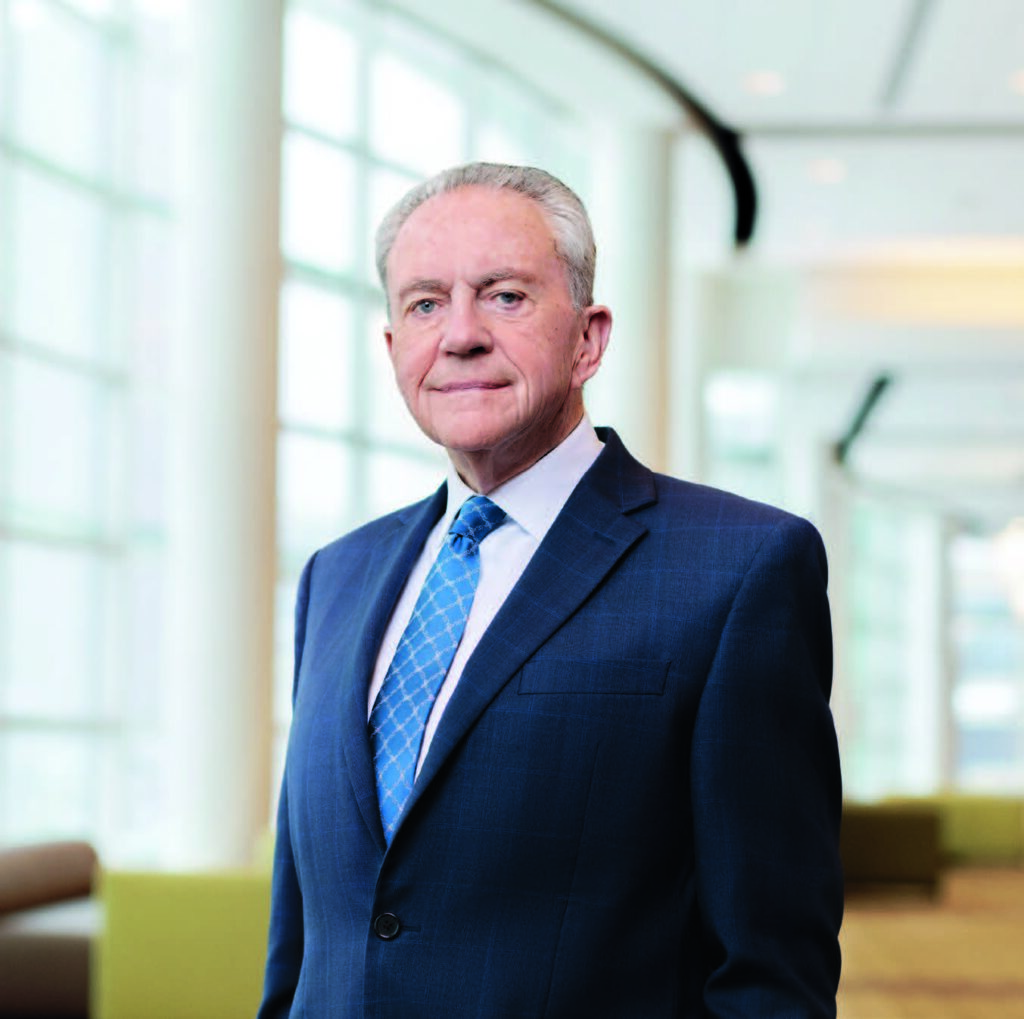
The period of residency is critically important and, to a great extent, determines the future trajectory of your career. When you leave medical school, your head is filled with facts and data. But it’s during residency that you start to harness all that information and align it to really become an effective and compassionate physician. During that period,you’re heavily influenced by your instructors and the culture of your organization.
After attending medical school in my native Ireland, I came to Mayo for my residency in internal medicine and a subsequent fellowship in endocrinology before joining the consulting staff in 1977. I quickly became aware of the very strong Mayo culture of putting the needs of the patient above all other considerations. The culture was learned through the formal curriculum — or what was said — but more importantly, by observing the values-driven behavior modeled by supervising faculty and staff.
One essential piece of Mayo’s culture is valuing all members of the team and encouraging and supporting your team members. I remember arriving at Saint Marys Hospital on my first day as a resident. It was a Saturday morning in June, and I did rounds with the wonderful gastroenterologist Lloyd Bartholomew, M.D. (I ’53, deceased 2015). He could probably sense that I was nervous and questioning whether I justified my selection as a resident at this famous medical center.
After rounds, we had coffee, just the two of us in Saint Marys cafeteria. He talked to me a little bit about teamwork and collaboration. And then he said, “Michael, you are now a valued member of this team.”
What a wonderful thing to hear on your first day at work. It was a building block of collegiality, and it made you feel that you belonged there. And with that, you realized that you had certain responsi- bilities to continue to justify the trust and confidence that the Dr. Bartholomews of the world had placed in you.
Experiences like this throughout my training helped me form my professional identity and increased my competence, confidence, self-belief and growing aspiration to one day achieve the same level of professional excellence that was modeled by my instructors.
Another example: I was on diabetes service as a young resident, and I was examining a patient who was going to have surgery. And who came into the room? Only Mayo Clinic’s famous neurosurgeon Thoralf Sundt Jr., M.D. (N ’64, NS ’65, deceased 1992), with his retinue of residents and fellows and nurses. I immediately stepped back and said, “Oh, excuse me, I’ll come back later.” He introduced himself to me and said, “No, no, what you’re doing is very important so that the patient’s blood sugars are properly controlled during surgery. We can come back later. You finish your work.” Where else would you experience such collegiality?
As learners develop into practicing physicians, they express and model the formative experiences they internalized during residency training — to the benefit of patients, learners and colleagues. The desire to nurture and preserve these values of collegiality, teamwork and emphasis on patient care led me to become a founding member of the Mayo Clinic Program in Professionalism and Values. The program strives to acculturate newer members of Mayo’s training programs and newly appointed staff who have trained elsewhere.
This culture of valuing and respecting colleagues continues into retirement. I retired in 2015 and am now the chair of the executive committee of the Mayo Clinic Emeriti Association in Rochester. I’m not seeing patients, but I don’t feel like I am actually fully retired — I still feel so woven into the culture of the organization.
The Mayo Clinic Emeriti Association enjoys the generous support of Mayo leadership, including well-appointed space in the Plummer Building, dedicated administrative support and retention of many privileges. In being so supported, emeriti can continue to pursue professional and academic interests and socially engage with colleagues with whom they have shared their life’s work.
I have witnessed Mayo Clinic President and CEO Gianrico Farrugia, M.D. (I ’91, GI ’94), lay a wreath in Memorial Hall in the Plummer Building in honor of our deceased colleagues. I think it speaks to the mutual respect for Mayo staff that continues into retirement and beyond — exemplifying the enduring commitment to the culture and values of Mayo Clinic.
THE POWER OF COLLABORATION
“I wish every medical learner could have the opportunity to shadow a diverse group of specialists during their clinics. I was amazed at how different fields of medicine collaborate to provide the best care for patients. Watching these specialists discuss cases and share insights highlighted the importance of teamwork in healthcare. It was a powerful reminder that no one person has all the answers and learning from each other is essential to provide comprehensive care.” — Boshra Al Ibraheem, M.D.
“The frequency with which my supervising consultants would call other physicians to ask questions, and in turn, frequently receive questions from others, was inspiring and different from my experience at other healthcare systems. This was all in the name of trying to provide the best care for each and every patient.” — Stephen Wisniewski, M.D.
“It was inspirational to me to see transdisciplinary collaboration and colleagues within neurology working together to advance medical knowledge and scientific understanding without the barriers of ego and institutional silos.” — Cullen O’Gorman, M.B.B.S., Ph.D.
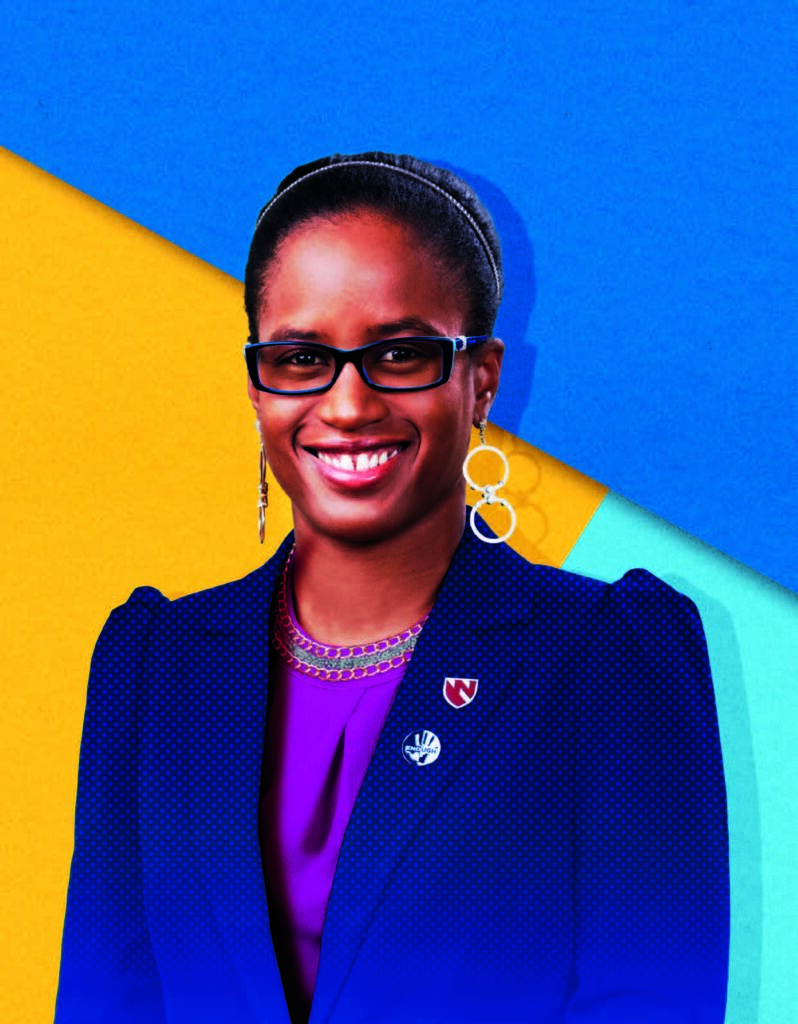
“She expressed emotions in a way that I didn’t think doctors were allowed to.”
Jasmine Marcelin, M.D. (I ’14, INFD ’17), Department of Internal Medicine at University of Nebraska Medical Center in Nebraska
My first internal medicine residency rotation was in the emergency department, and Annie Sadosty, M.D. (EM ’99), was one of my first attendings. Early in my time there, we had a young woman come in who was critically ill and unresponsive, but we didn’t immediately know exactly why she was sick. It seemed like a severe overdose, with a delayed presentation that made difficult to reverse despite appropriate treatment. This was my first code experience, and her resuscitation was very difficult. Her family was there, and things were happening so quickly that we didn’t really have a good chance to understand what happened before the patient came to the hospital. We were trying everything that we could, and I remember the medical student and I getting up on the stool to do compressions, because we were the shortest ones there.
Dr. Sadosty was the leader of the code and modeled so many behaviors that I wanted to soak in as a future educator. As she walked into the room, it seemed like all of the chaos melted away. When she looked at me and the medical student and gave us instructions on what to do, we felt like we weren’t just bodies doing compressions; we were equal members of this coordinated team that was trying to keep this woman alive.
Despite our efforts to save her, the patient did not survive. I didn’t know what to do with my emotions, but I knew that I was deeply affected by her death and by the whole experience. It was really traumatic for me. It was even more traumatic for the family, who witnessed portions of the code.
Afterwards, Dr. Sadosty did something that I had not yet seen many other physicians do. She felt the emotions of this loss and allowed me to witness her feeling them. Dr. Sadosty made space for me to feel my own emotions and articulate that I was affected by this experience. She invited me to go with her to talk to the family, and I witnessed her model the most important lesson of being a physician: how to be fully present with a patient or family member, especially on what might be the most devastating day of their lives. She recognized that me accompanying her would be helpful as I processed this patient’s death — and an impactful part of my physician journey.
Dr. Sadosty also debriefed the team. She normalized addressing both the medical and the personal or emotional aspects of delivering care to our patients. She expressed emotions in a way that I didn’t think doctors were allowed to, and that day was probably the most educational for me moving forward in my career.
Dr. Sadosty taught me that when we experience trauma or difficult outcomes in healthcare, it’s OK for us to take a beat, feel the things that we feel, embrace those emotions and then invite the learners to reflect and debrief on them. I saw Dr. Sadosty in 2019 at a conference, and we talked about how impactful the experience was on the entire team.
I only worked with her that one rotation, but after that experience I recognized in her the type of teacher that I wanted to be: one who made it a safe learning environment for people who felt big emotions — and those who didn’t. I’ve had many meaningful mentors since that first rotation, but I will never forget Dr. Sadosty for that lesson.
Today, in every teaching rotation I attend with my students, residents or fellows, I make space to acknowledge that our patients can impact us just as we impact them. I think that’s how we retain our humanity as physicians. We’re not superheroes, and by remembering our humanity and our patients in that way, we can continue to navigate some of the emotionally challenging experiences that come with providing extraordinary care to our patients.
“Everyone you encounter is your teacher.”
Alyx Porter Umphrey, M.D. (I1 ’04, N ’07, NONC ’08), Department of Neurology at Mayo Clinic in Arizona
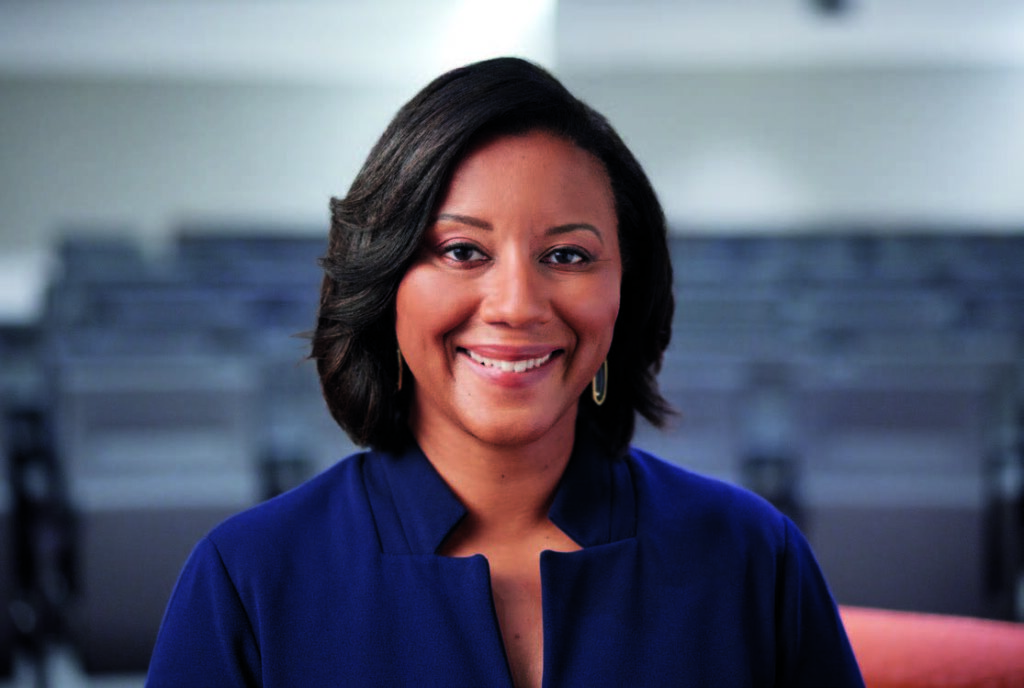
I love contributing to the legacy of Mayo Clinic, particularly at Mayo Clinic in Arizona. What’s happening on this campus is very special and as an Arizona native, it’s an honor for me to work in the place that I was born and raised.
My first exposure to the distinct and values-driven Mayo Clinic culture came from my experience as a trainee at Mayo Clinic in Rochester. To learn from people who live, walk and talk the Mayo values, who are giants in their respective fields, and to have access to them as a learner was something that was immediately impressed upon me. Training at Mayo in Rochester also helped give me a perspective of just the tremendous impact we can have as an organization — and as individuals — because of the excellence and values that have led to the reputational weight of the organization. The three shields that have become synonymous with our institutional priorities were one of the first things that struck me as a trainee back in 2003, and we continue to achieve excellence as we innovate in all three. For many years, I was so grateful to be here and wondered how I would also contribute to the greatness of Mayo Clinic. Now, 21 years later, it’s nice to be able to see that I’ve also been able to contribute in small part to the Mayo Clinic legacy both here in Arizona and across the enterprise.
I tell every learner I encounter, whether they’re an undergraduate, a Mayo medical student rotating through neurology, or a resident or fellow that I have the privilege of staffing, “Everyone you encounter is your teacher.” If we’re lucky, we should find ourselves in a perpetual state of learning. There’s always something to be learned from a patient, from a colleague, from a volunteer, and we end up, hopefully, incorporating what we learn to be even better.
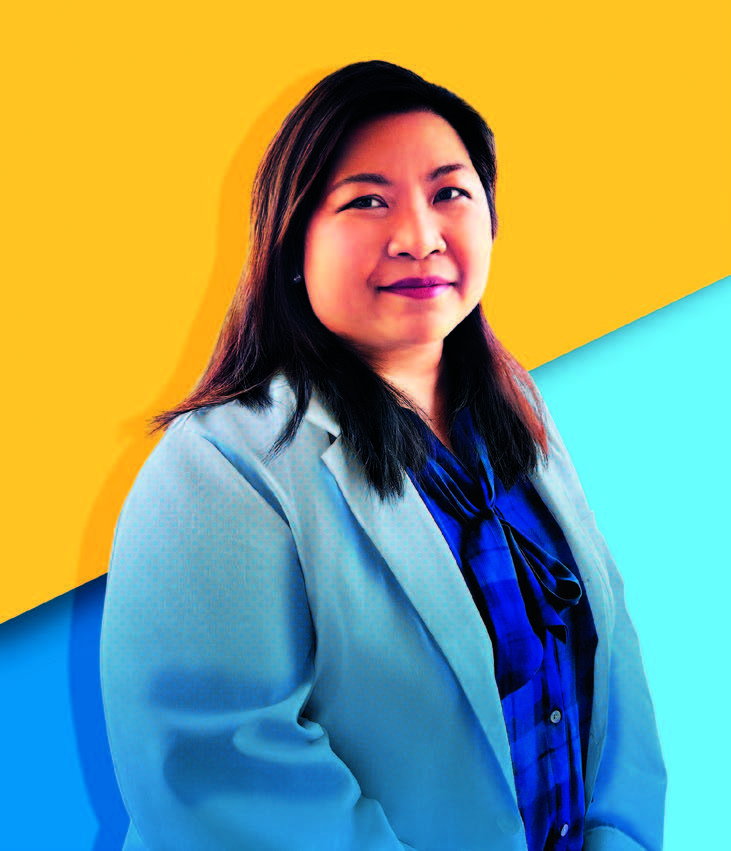
“Everyone said, ‘We’ll do whatever you need.’”
Stella Hartono, M.D., Ph.D. (MDPH ’17, IMM ’17), Baz Allergy, Asthma and Sinus Center in California
I was doing my pediatric rotations at Mayo Clinic in Rochester, and we had a high-risk patient with a shunt who needed antibiotics. We prescribed an antibiotic, discharged her, and then we cultured the bacteria and found that the bacteria were actually resistant to the antibiotic that we gave her.
Typically, I would just call and explain that we need to switch the antibiotic. But this patient lived in a rural religious community with limited phone access and no internet. She was a high-risk patient, and she needed the antibiotic. What could we do?
I called the pharmacy, and said, “If we can deliver this medication to this child, can you prep it and have it ready?” And they said, “We can do that.” I called the police department where the patient lived, saying, “If we can send someone over there, can you meet them and escort them to the property? They said, “We’ll do you one better: We’ll meet the police department from Rochester halfway and we’ll deliver it to the kid.”
So I had the Rochester Police Department meet me at Saint Marys. I picked up the medication from the pharmacy and gave it to them. They drove it 30 or 60 miles and then the other police department picked it up and made sure the patient got it.
Thinking about my time training elsewhere, they would have laughed at me if I had asked people to do this. It took a lot of phone calls and a lot of coordination. But I didn’t mind doing it, because everyone said, “We’ll do whatever you need. Just tell us what you need.” I think it just illustrates that the principle of “the needs of the patient come first” is embraced not only by Mayo Clinic physicians, but by the whole Mayo Clinic team — and the surrounding community.
LISTENING TO THE NEEDS OF THE PATIENT
“The sincere emphasis on the words ‘the needs of the patient come first’ is transmitted to learners and has fundamentally influenced how I approach diagnosis and treatment decisions. Every day I look at ways to individualize care to each patient using shared decision-making tools. Even outside of patient interactions, I advocate for personalized education methods that cater to the unique needs of each learner.” — Omar El Kawkgi, M.B., B.Ch., B.A.O.
“‘The needs of the patient come first’ was a core Mayo Clinic value that I was taught and observed throughout my Mayo Clinic training. Nothing else I learned was more important than this. It has impacted me throughout my career on a daily basis when I see patients. It reminds me to always strive for the best outcome for every patient I interact with.” — Stephen Wisniewski, M.D.
“I have never had someone listen to me like you have.”
Stephen Wisniewski, M.D. (PMR ’06, SPMD ’07), chair of the Division of Musculoskeletal Rehabilitation at Mayo Clinic in Minnesota
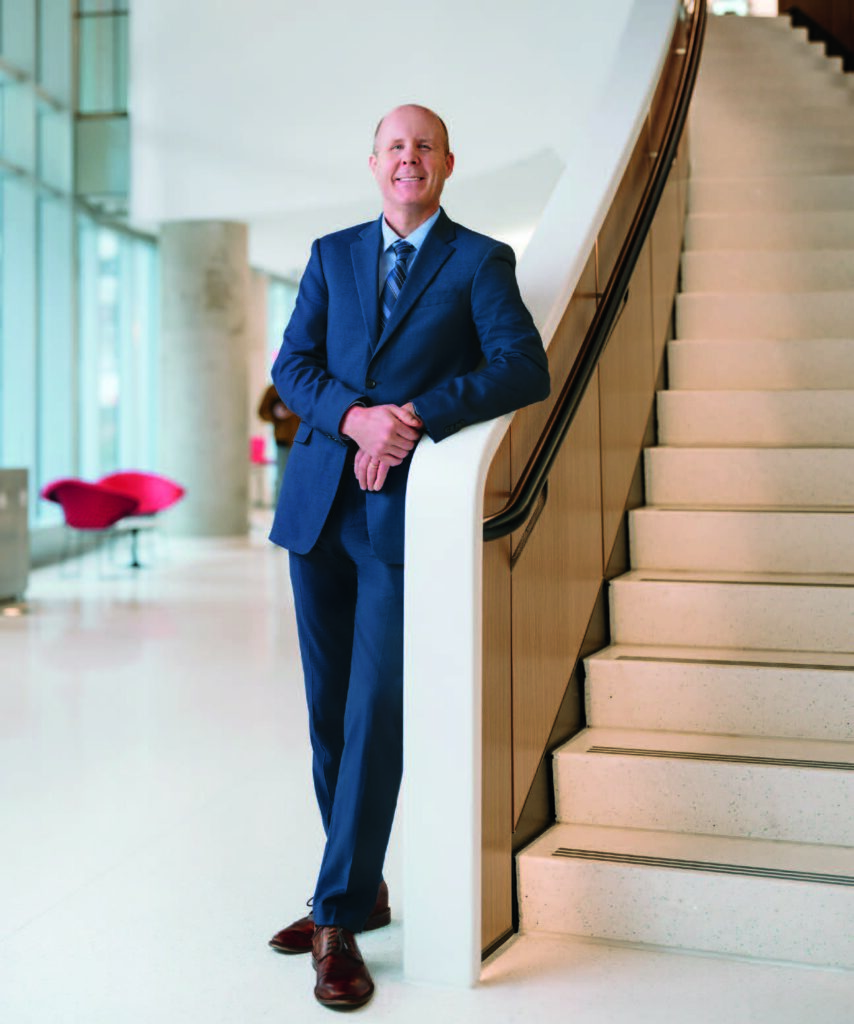
Mayo really prides itself on an unhurried clinical encounter, with a significant amount of time during patient care visits so the patient can feel heard. We frequently hear, “I have never had someone listen to me like you have,” and “I’ve never had someone do such a thorough physical exam.”
As a resident and then as a fellow, that meant that I usually wasn’t rushed and truly could take significant time listening to the patient, thereby improving my history-taking and physical examination skills. I was also able to take time to discuss cases with my supervising consultants. The dedication of the consultants I worked with to teaching was remarkable. They would always find time for education before, during and after the clinic day. They would discuss and demonstrate important physical exam findings, review imaging studies and discuss an expanded differential diagnosis. This allowed me to quickly grow and develop as a physician.
I tell medical students interviewing with our residency program that I think that’s one of the things that really stands out about Mayo Clinic training. We have time during the day while we’re seeing patients to go the extra step and review things on a deeper level than if you’re just trying to work through numerous patients and get through your day, so to speak. Those days certainly can happen and of course we have busy times, but we’re really fortunate that this is really something that’s valued, Mayo Clinic-wide.
This story appears in the latest issue of Mayo Clinic Alumni magazine. You can read or download a PDF of the issue here.
Mayo Clinic alumni are entitled to the print version of the quarterly magazine. If you’re not receiving the magazine, register or log in to your online MCAA profile to make sure your address is correctly entered. Or contact the Alumni Association at mayoalumni@mayo.edu or 507-284-2317 for help.
Not sure if you’re an alum? If you’ve worked or studied at Mayo Clinic, you might be surprised. Learn more here.
Bonsai photography by Jason Little.